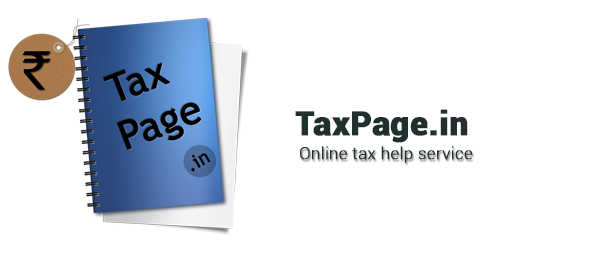The idea of GST is perceived as it is worldwide accepted system. It is considered for the goods sold as well as for the services provided. While the levy of GST will have diverse impacts across sectors, and this could impact their ability to spend. Consequently, GST has provided a generic impact on all such manufacturers, service providers and traders and has provided specific industry impact as well. Take a look:
| 1 | Sales and marketing:- Classification of supplies
- Pricing
- Free Goods
- Reduction in sale price for goods presently liable for Standard tax rate
- Increase in sale price for goods presently liable for Concessional tax rate
- Pricing of goods which are presently exempted from indirect taxes
- Decision on continuation of multiple depots / sales offices / branches
- Cheaper exports and impact on Form H purchases
- Discount schemes to be relooked into
- Arrangement with dealers / consignment agents
- Advertisers will be able to advertise more in the same budget as the cost of advertising will reduce.
- Need to educate sales teams to prevent downward rate pressure due to optical increase in advertising budgets.
|
| 2 | Customers:- In order to understand the new GST regime’s impact, we must understand where a consumer is placed in the GST chain.
- There is an interrelationship between a consumer, business and indirect taxes.
- Reduction in price of goods and services
- Uniform prices throughout the country
- Transparency in tax structure
- Certain goods to be costlier in the name of cess, and service will be taxed at a higher rate
- Better accessibility of goods and services
|
| 3 | Suppliers’ procurement:- Impact of input tax credit
- Obtaining accurate quotations
- Consequences of dealing with non-registered vendors
- Easier interstate movement of goods
- Prevention of Double Taxation
- Uncertainty on Tax Incentives
- Ease of Doing Business with SME’s
- Impact on initial cash outflow
- Reduction in Cost of inputs
- No more Entry tax payments
- Procurement from non-excise dealers
- Eligibility of credit on interstate purchases
- Tax levy on purchases from unregistered dealers
- Procurement from composition dealers to be avoided
- Screening/ grading of suppliers
- Planning of purchases during transitional phase
|
| 4 | Human resource: - Employee Claims
- Entertainment expenses
- Employee benefits
- Goods given free to employees
- Exempt supply
- Zero rated supply
- Supply of goods under gift rule
- Supplies where the recovery of input tax were disallowed
- Flow chart of output tax
- Staff Purchase
- Employee Reimbursement (Mileage & Travelling)
- Regulations 2014 Of Employee Benefits
- Charging employee for transportation & accommodation
|
| 5 | Information technology:- Tax Rate
- Cascading Effect of Taxes
- Business Process Change
- eCommerce Sphere
- Compliance
|
| 6 | Legal: Provisions relating to- - reverse charge
- place of provision of service rules, 2012
- point of taxation
- exemptions available
- import of technology
- foreign diplomatic missions and their personnel
|
| 7 | Business strategy and operation:- Intrinsic to the Organisation
- Market Specific Forces
- Fiscal in nature
- Business expenses
- Product or service pricing
- Profit margin
|
| 8 | Finance:- Completing the GST Return
- Record keeping requirements
- Documentation requirements
- Claiming input tax credit
- Partial exemption
- Annual adjustments
- Internal audit
|
In conclusion, GST influences products or services pricing, managing cash flow, IT systems, finance operations, legal contracts, record keeping, vendors or suppliers, governance or policies. Hence, every business should be proactive on the changes required after the successful implementation of GST. Moreover, there should be a timeline prepared by each organization for completing the transition to new GST law. In addition, a proactive action on GST would help in improving your relationship with suppliers and customers. Besides, critics have argued that it is a regressive tax, which has a more pronounced effect on lower income earners, meaning that the tax consumes a higher proportion of their income, compared to those earning large incomes. Rather, India has opted for a dual-GST model. Critics claim that CGST, SGST and IGST are nothing but new names for Central Excise/Service Tax, VAT and CST and hence it brings nothing new to the table.
So, on the one hand the implementation of GST has a positive effect and on the domestic markets. Therefore, experts see the future of the economy on a brighter picture with the new bill in place. But there are certain apprehensions expressed by the states regarding the implementation of GST. Since states primarily seek to gain revenue from the taxes and excise duties imposed by them on various goods and services produces and sold within the country.
On the other hand, now with the new tax policy in place the state’s revenue collection would tend to fall and many of states are wary of it. However, the center in its current bill has sought to factor in the losses incurred by them by deciding upon the revenue sharing model of the GST. So that everyone stands to gain from the situation. The current bill however does not apply to petroleum products, electricity duties and excise duties on alcohol.
